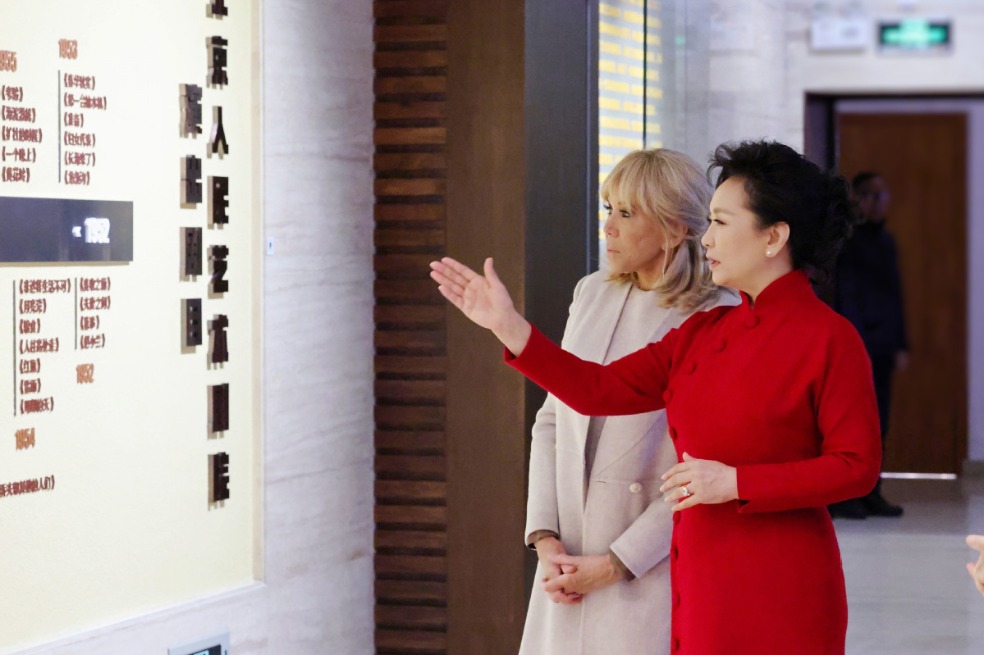Excavation confirms ruins of China's largest Taoist temple


The Zhengyi Sect of Taoism was found by Zhang Daoling (34-156), who was known as Celestial Master Zhang and is believed to have lived and practiced Taoism at Longhu Mountain. Zhang's Taoist temple was originally built on top of the mountain during the Han Dynasty (202 BC -220 AD).
During Song Dynasty, a Taoist palace dedicated to Zhang was built at the foot of the mountain, and was later expanded and became an imperial palace for Taoist practice through Yuan Dynasty (1271-1368).
The palace was destroyed in a fire in 1930.
In 2014, workers building a scenic area at the mountain found a stele with characters marking a major renovation of the palace during the rein by Eperor Jiaqing (1760-1820) in Qing Dynasty. The provincial cultural relics bureau reported the finding to the State Bureau of Cultural Relics who approved the excavation.
























